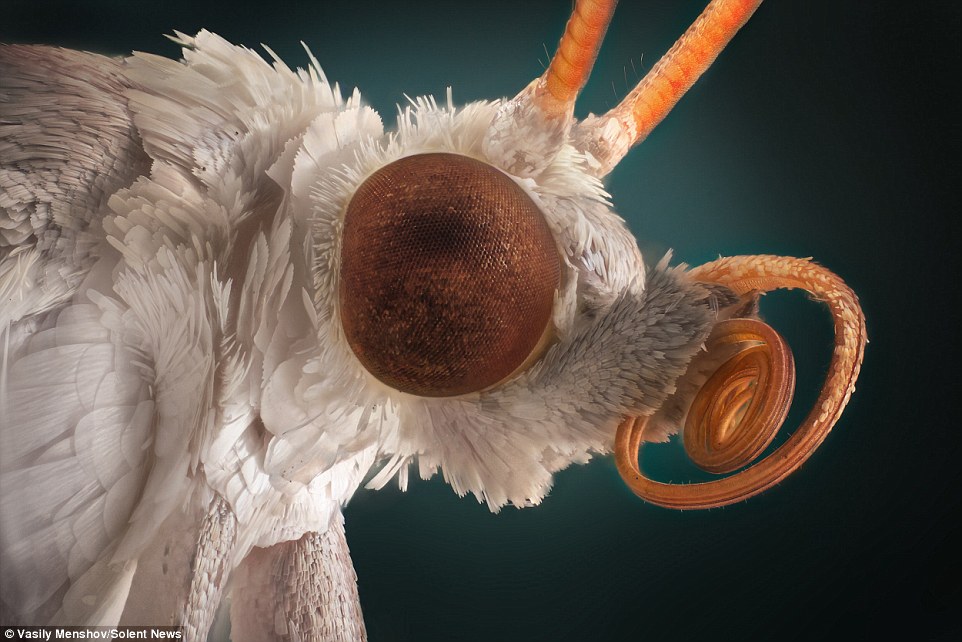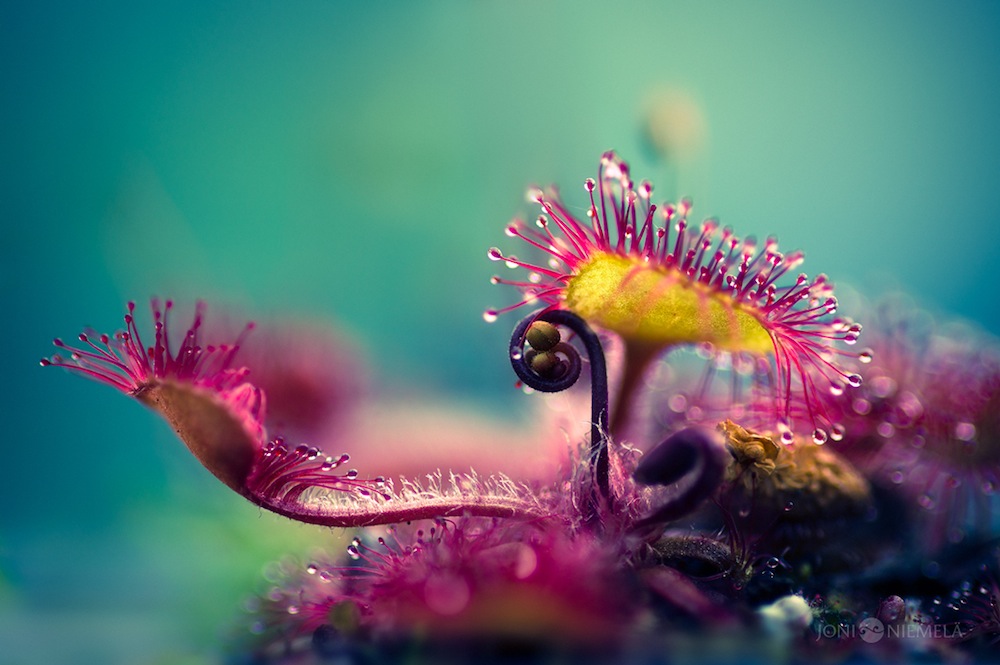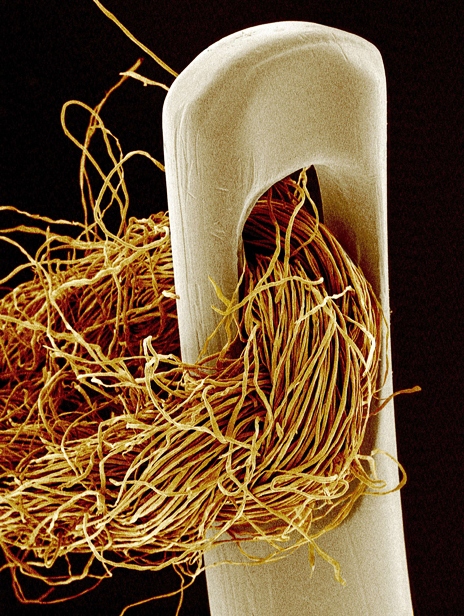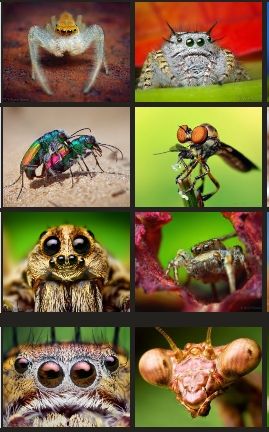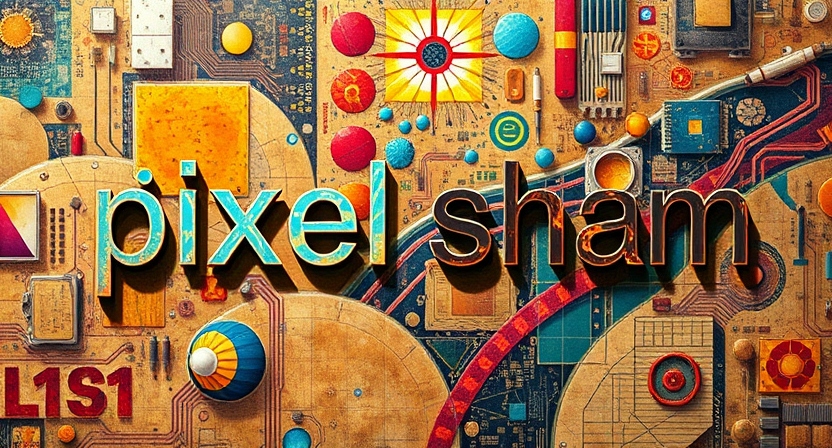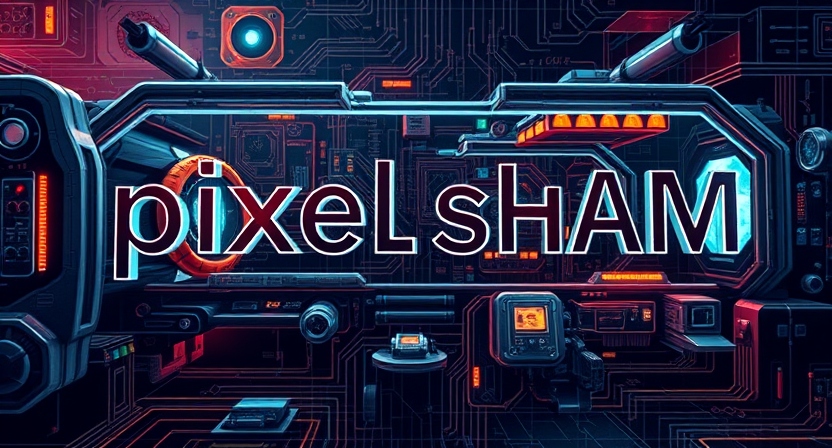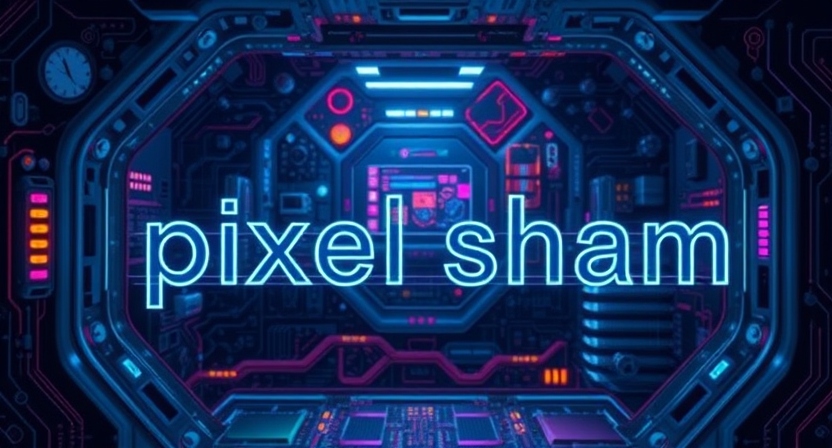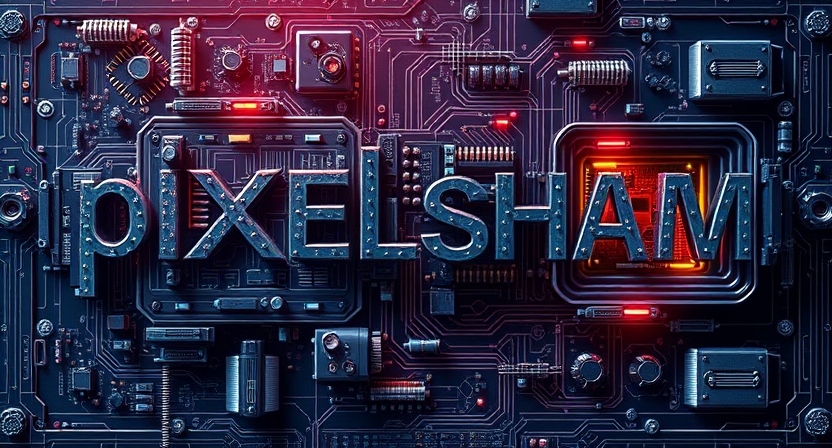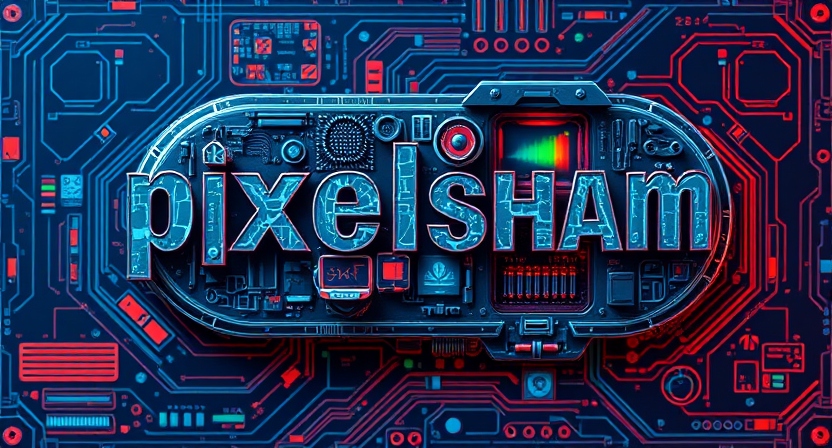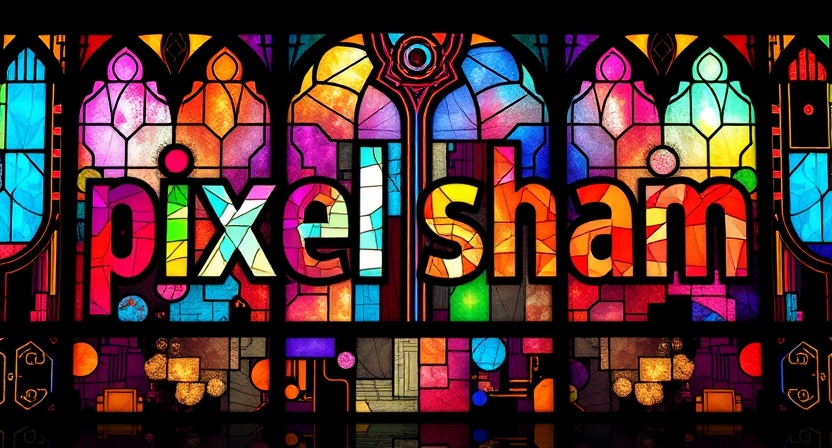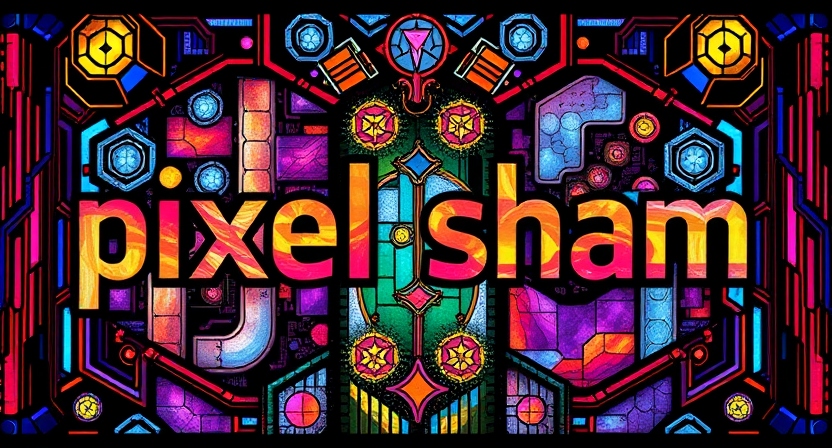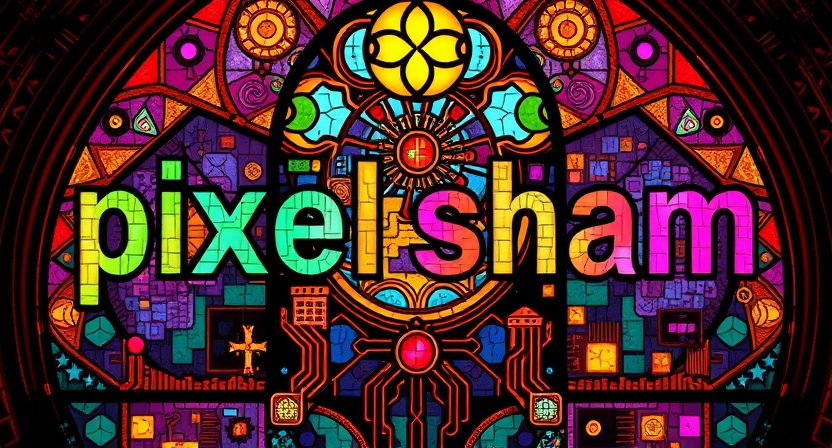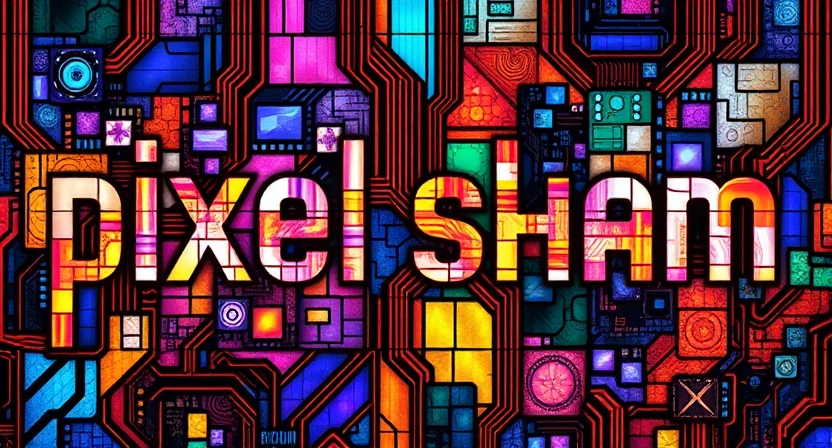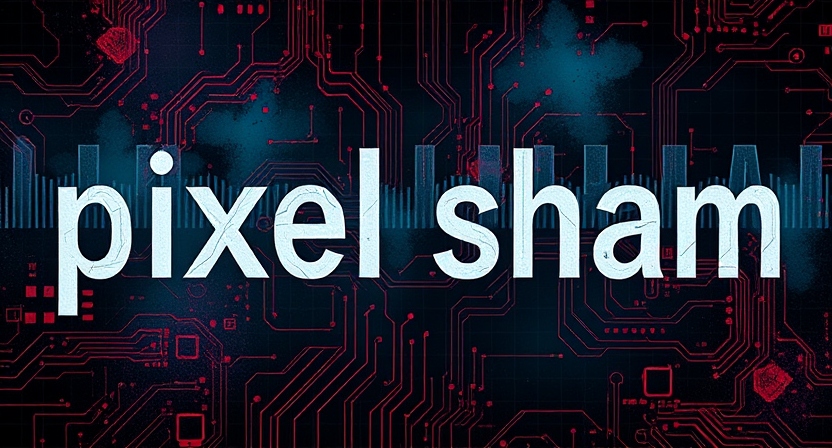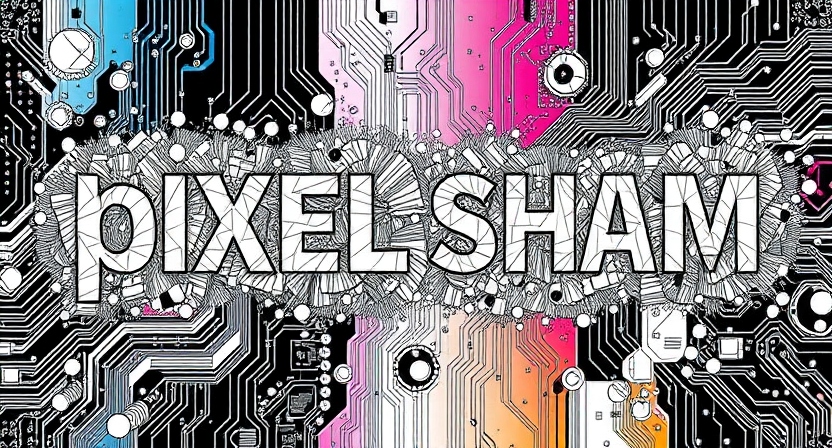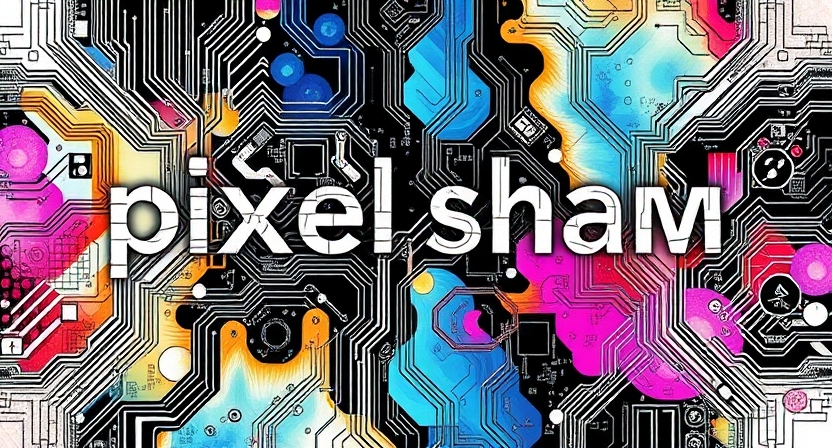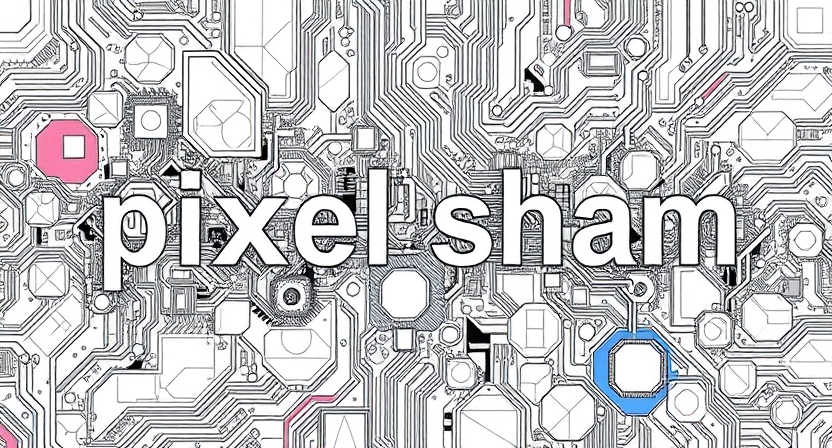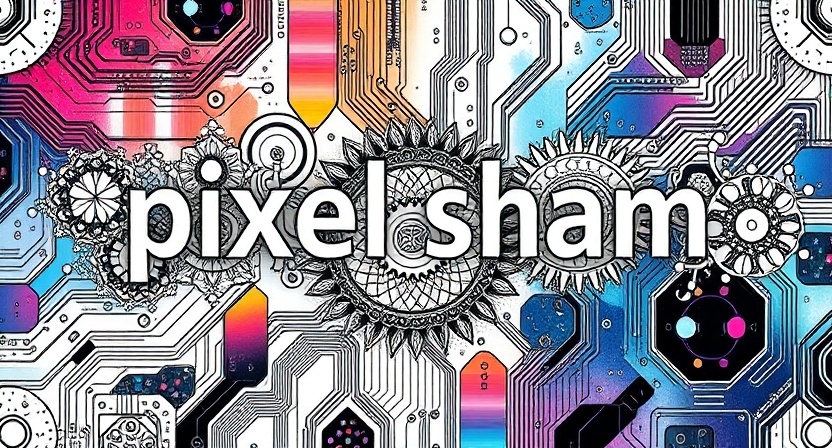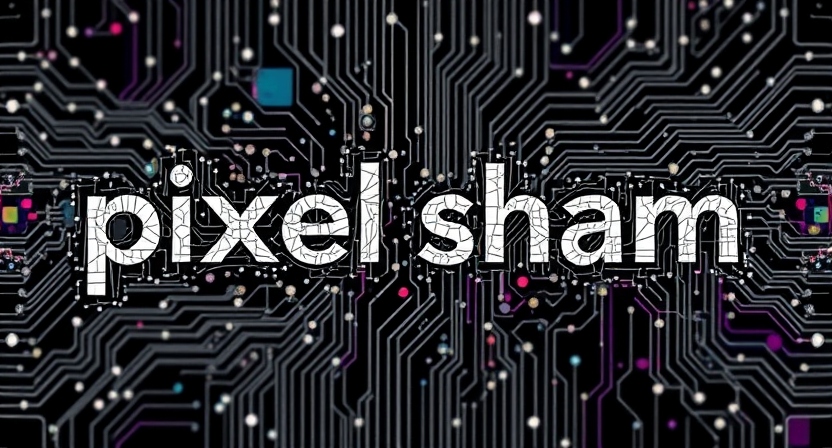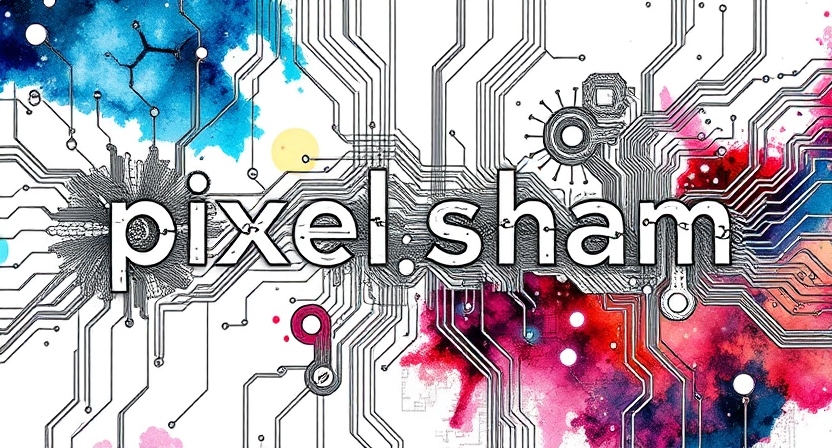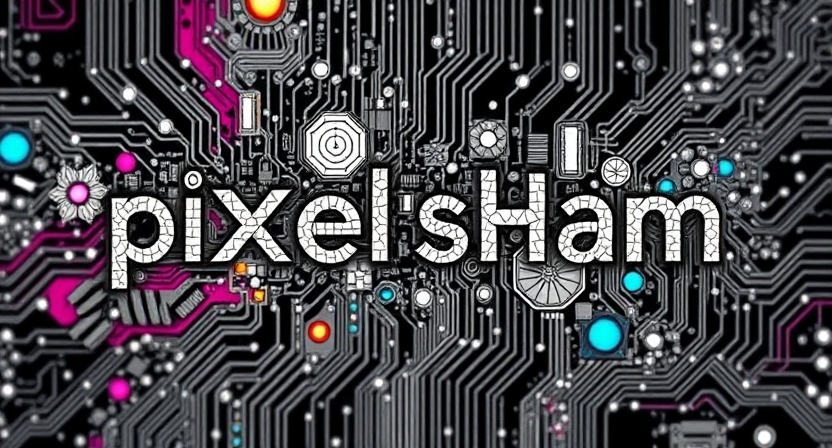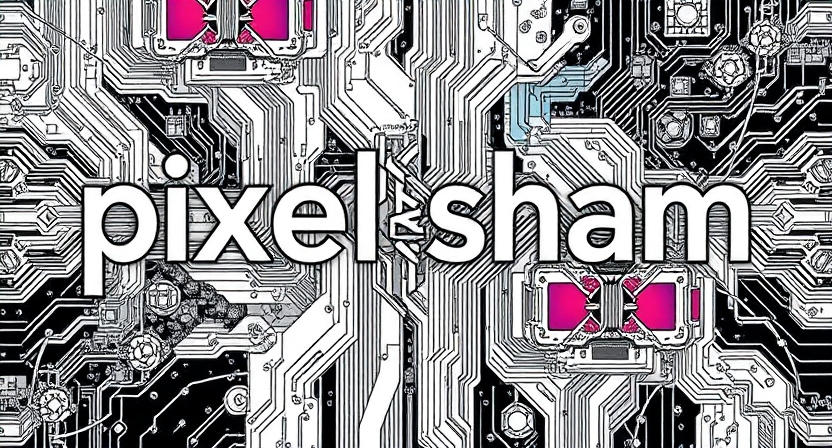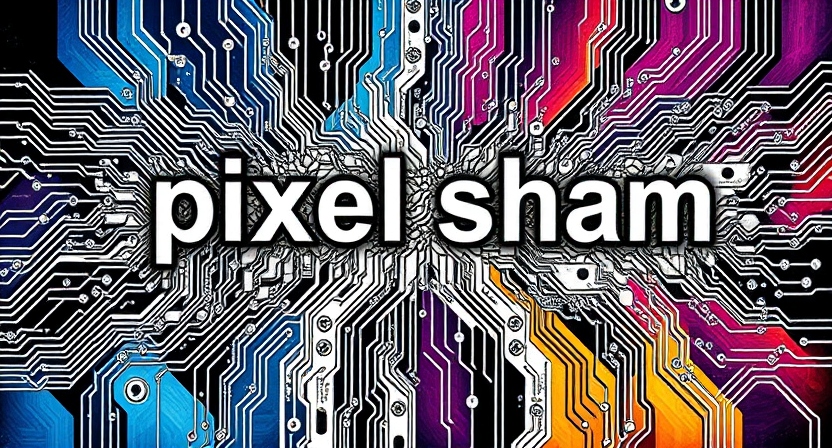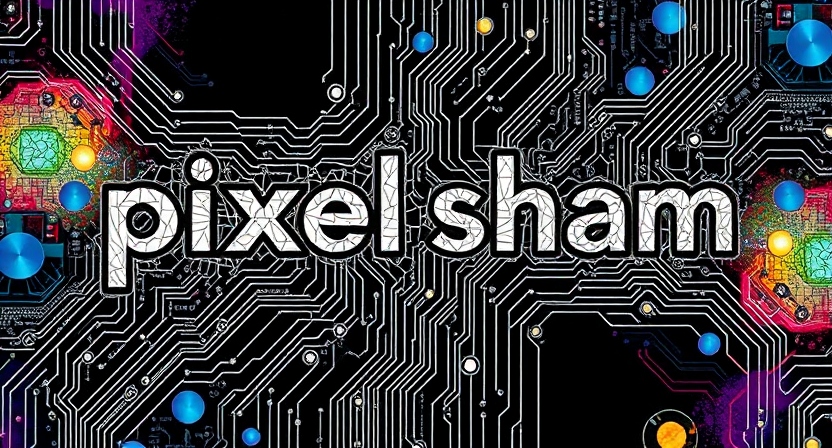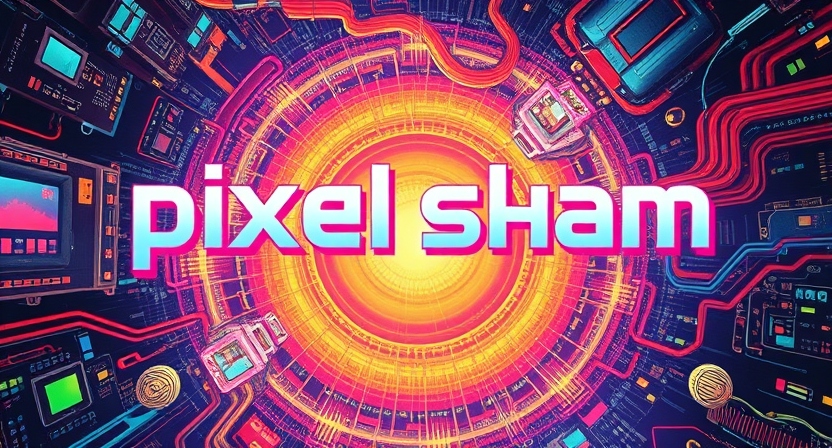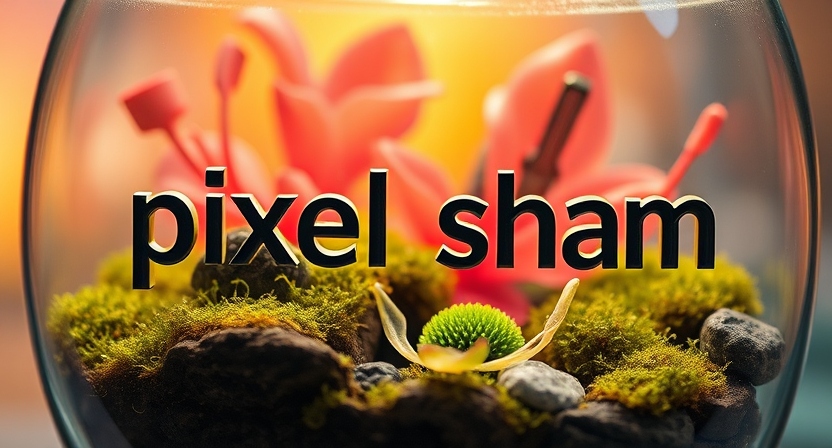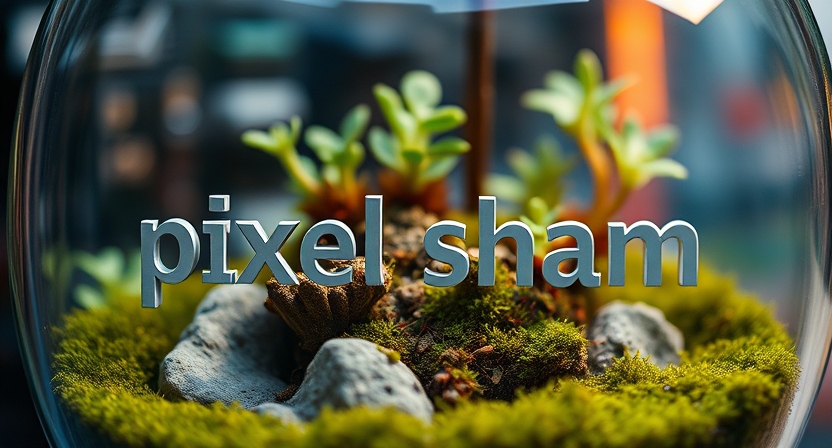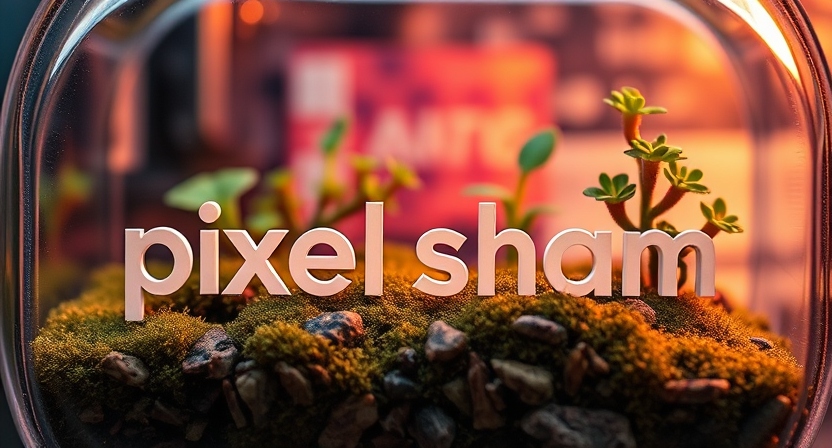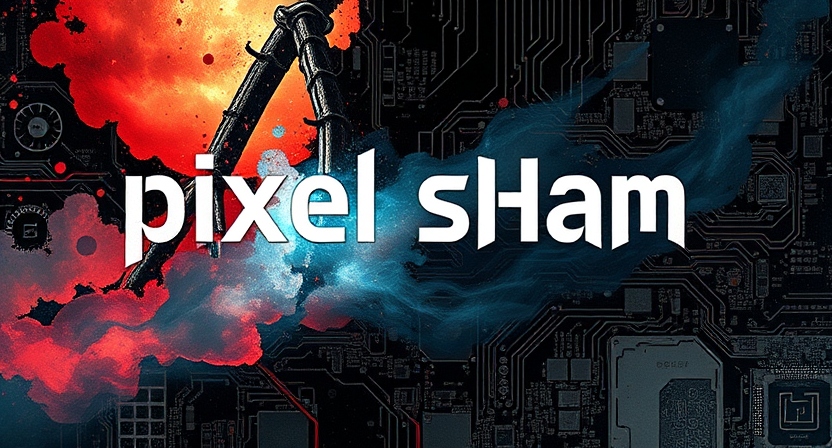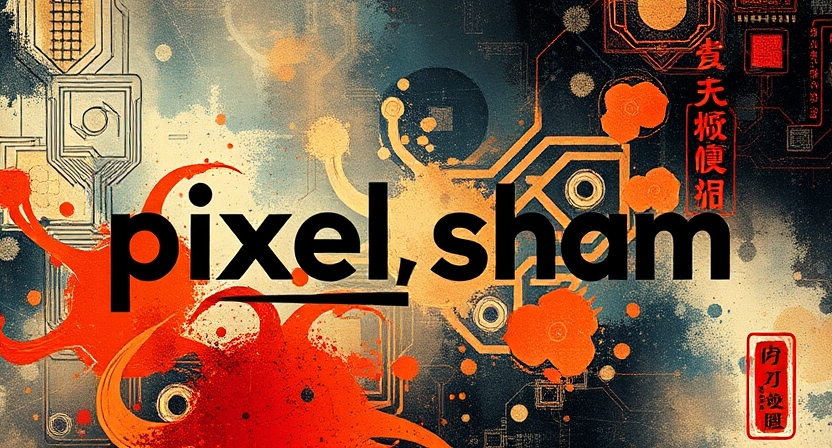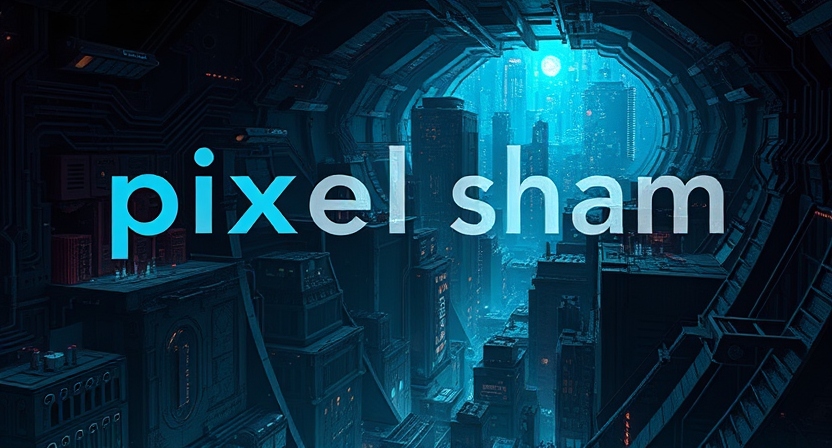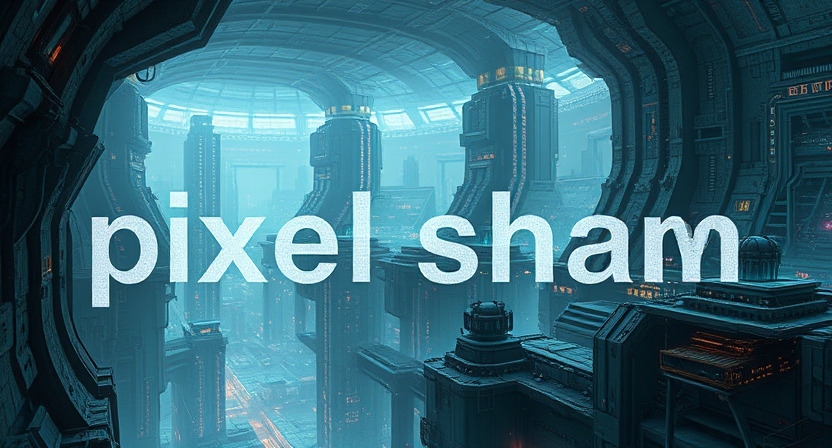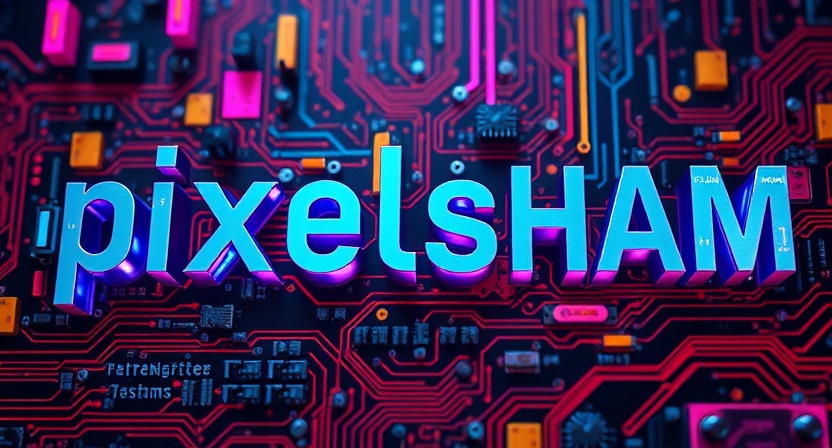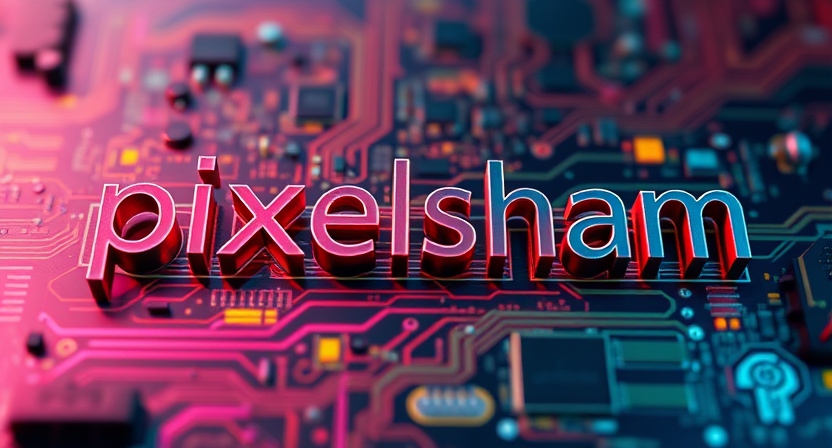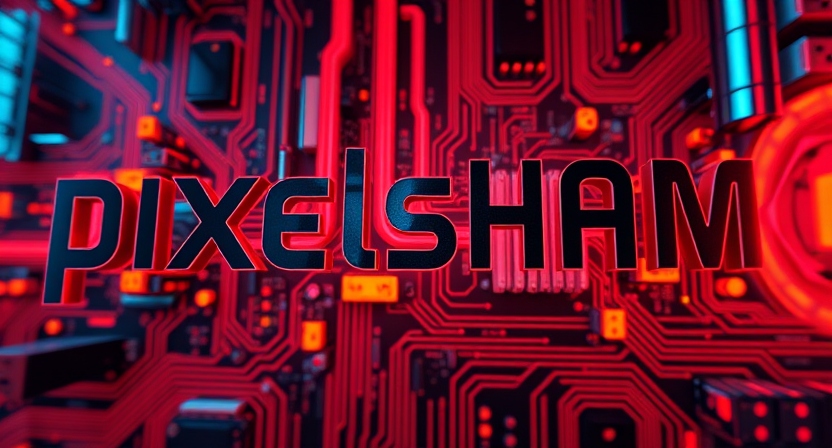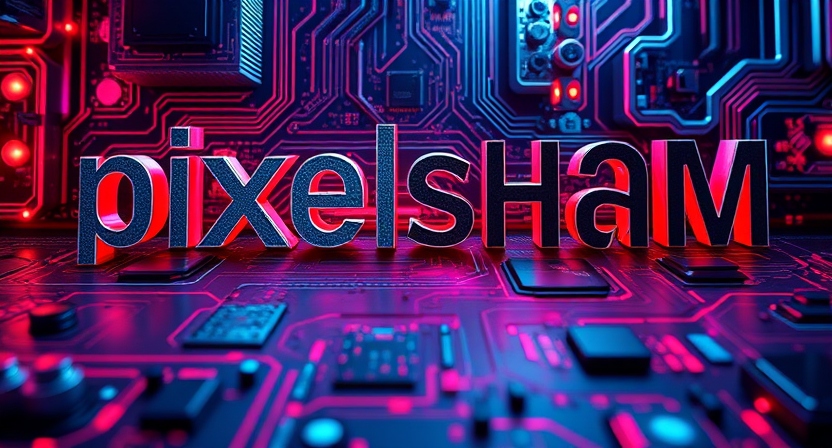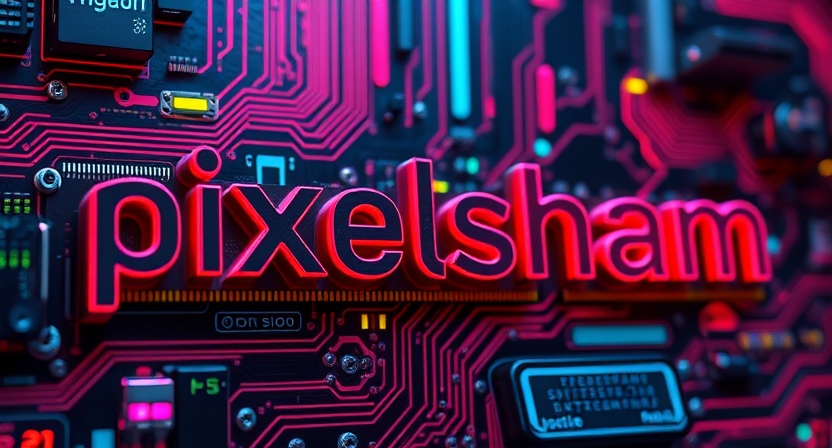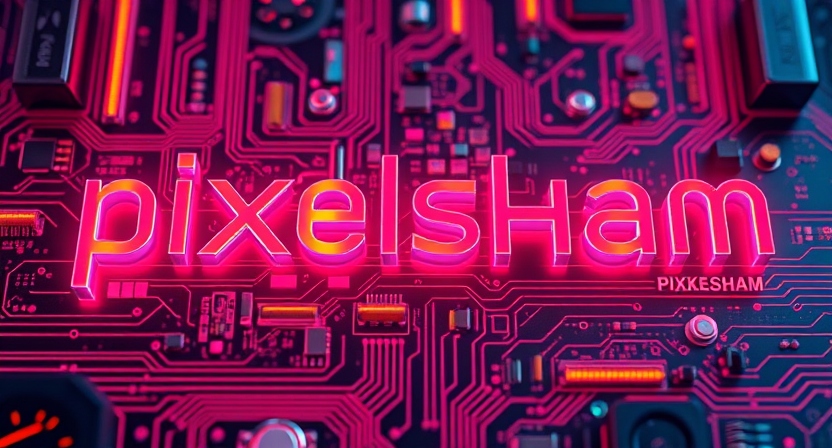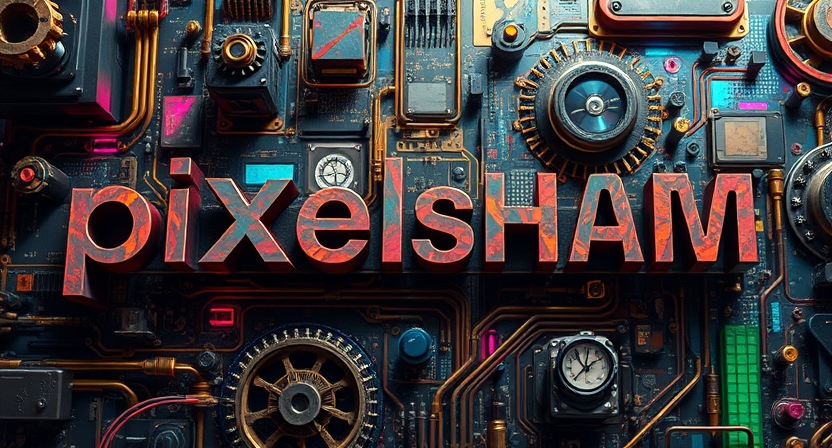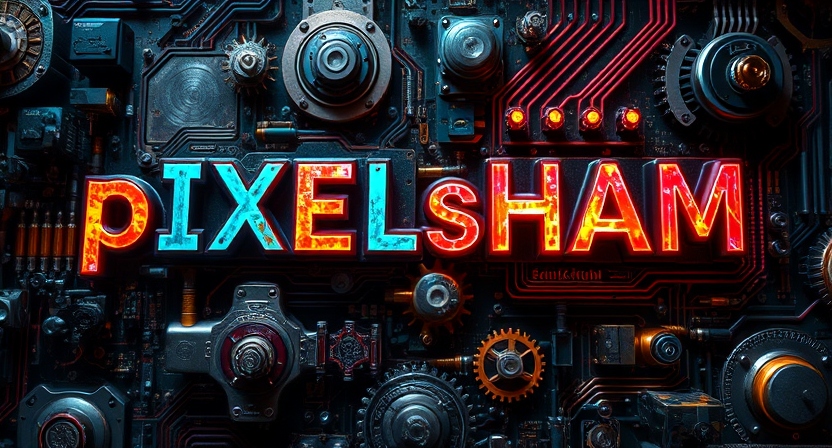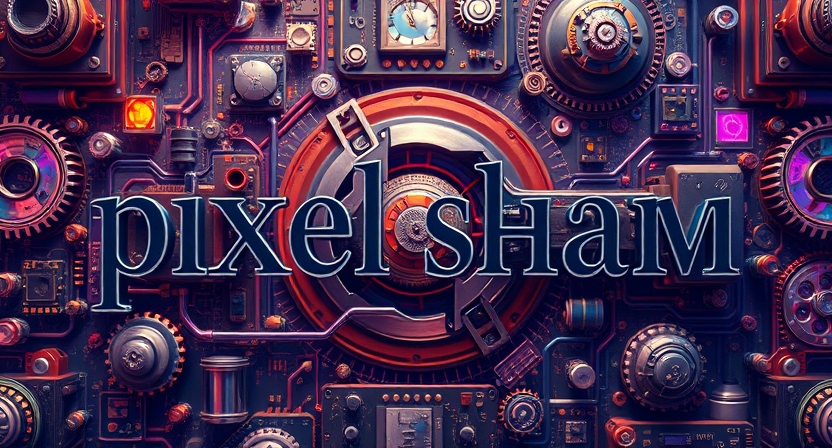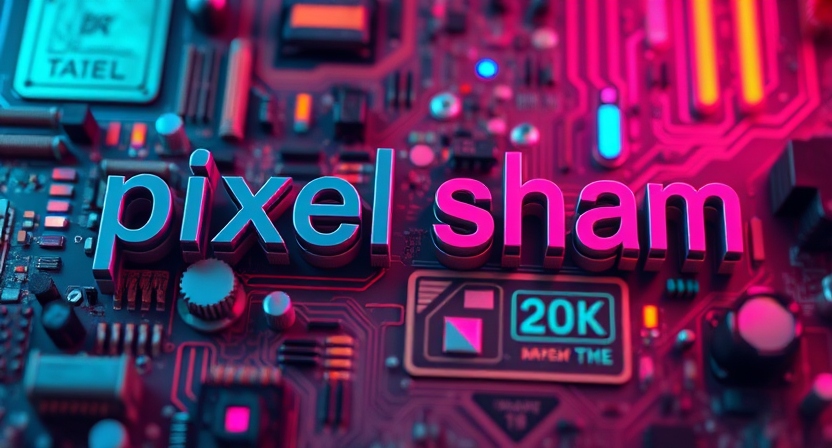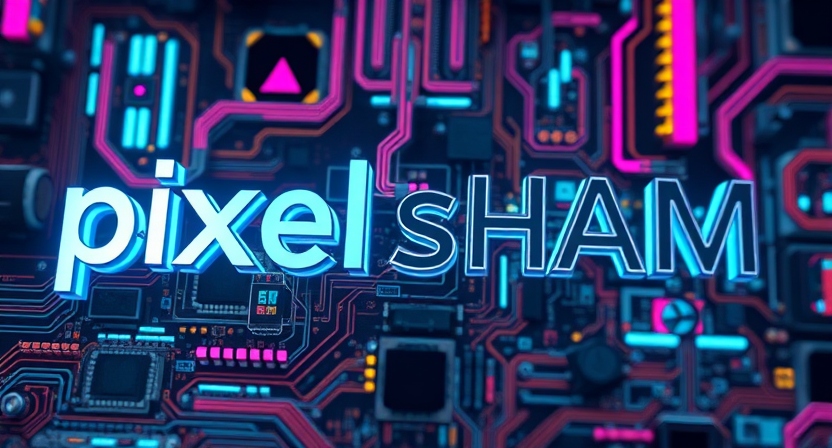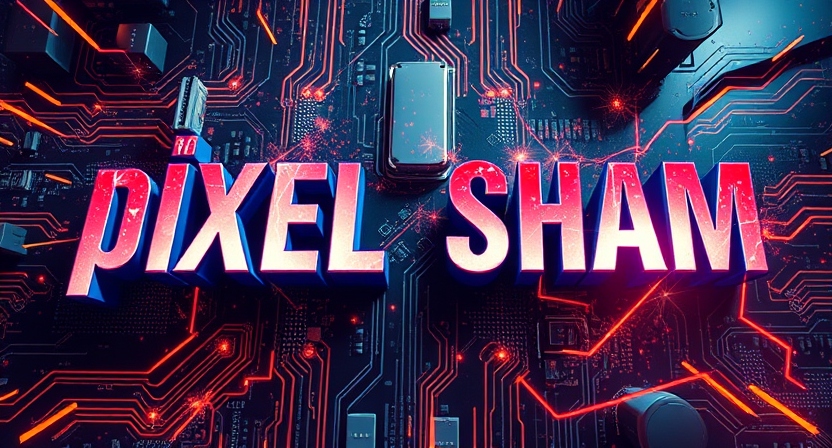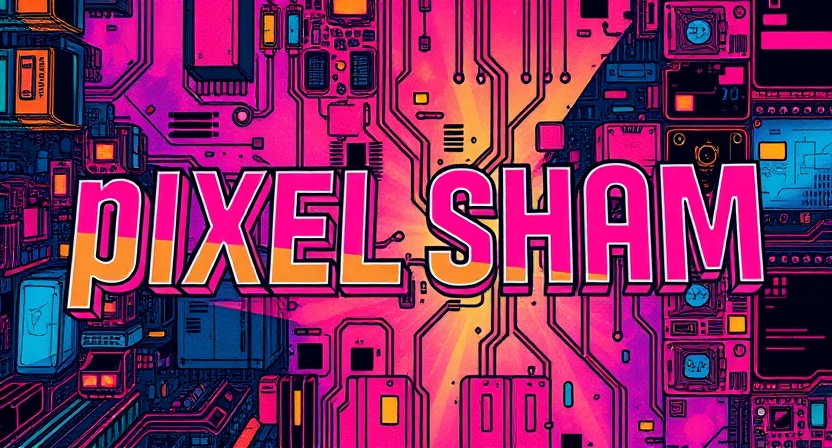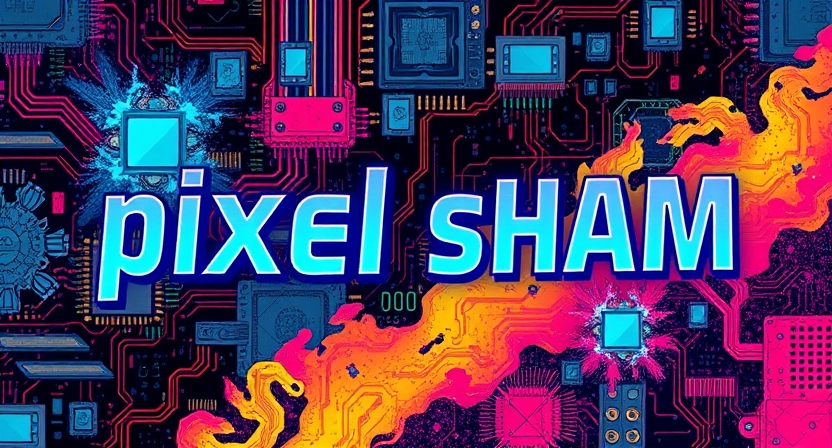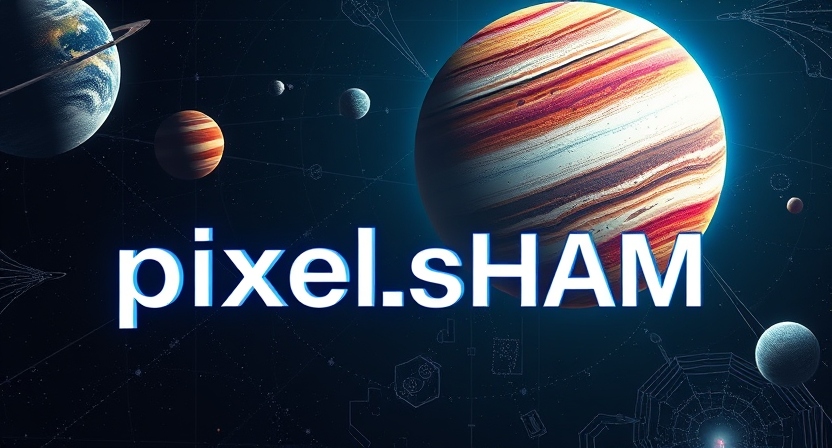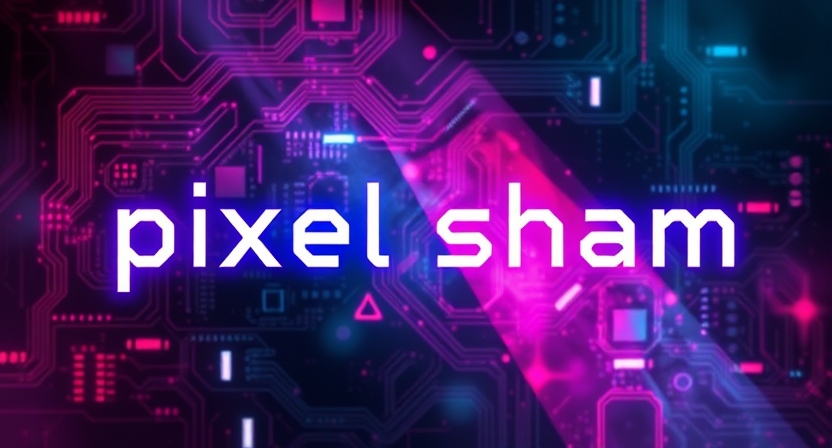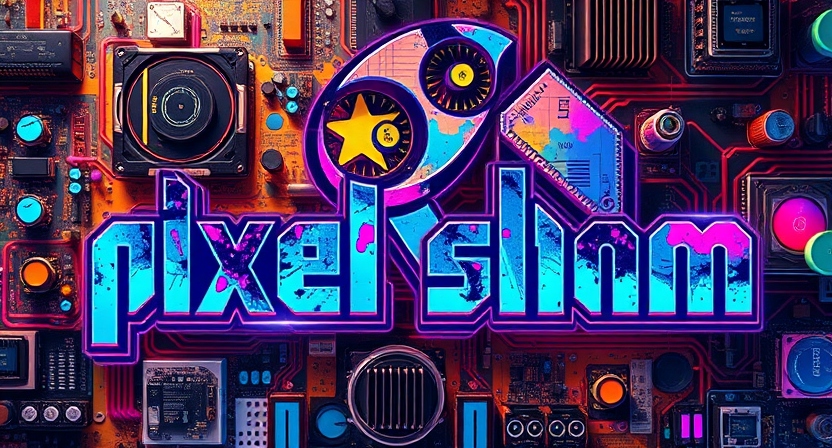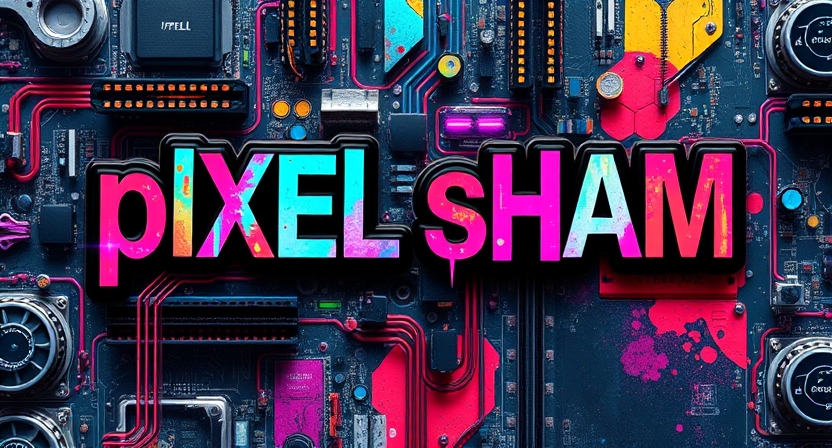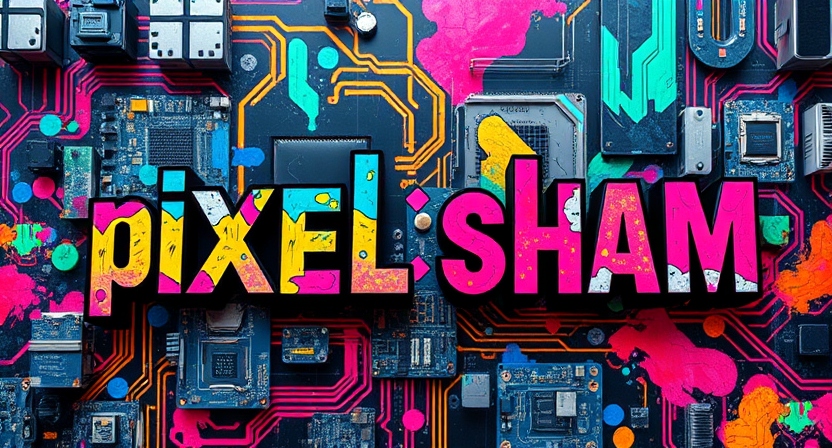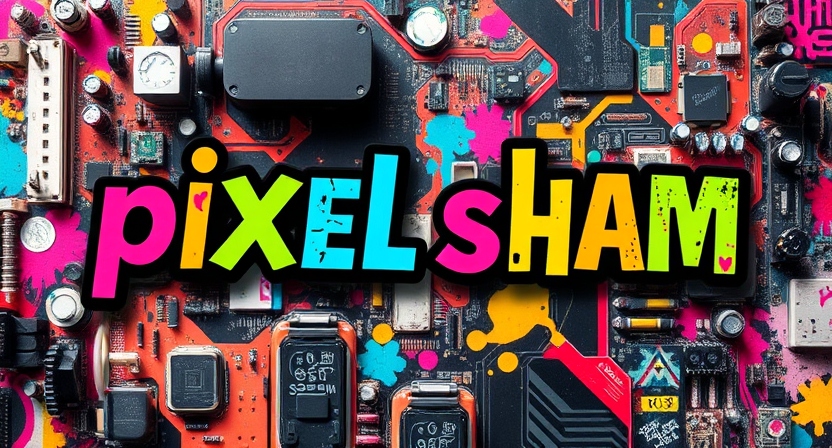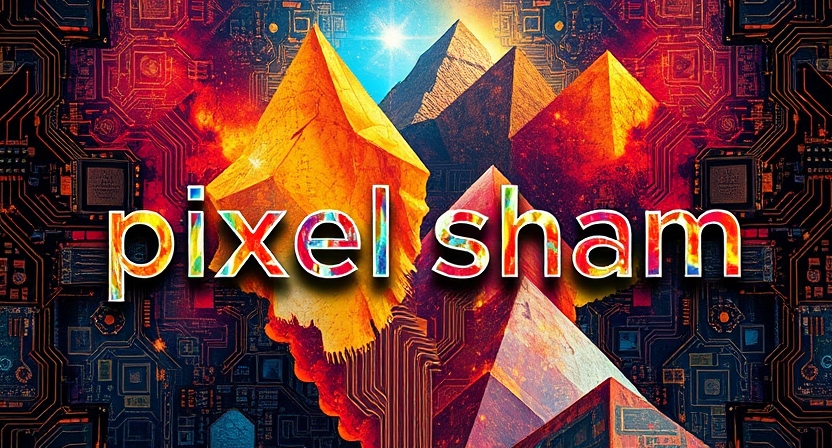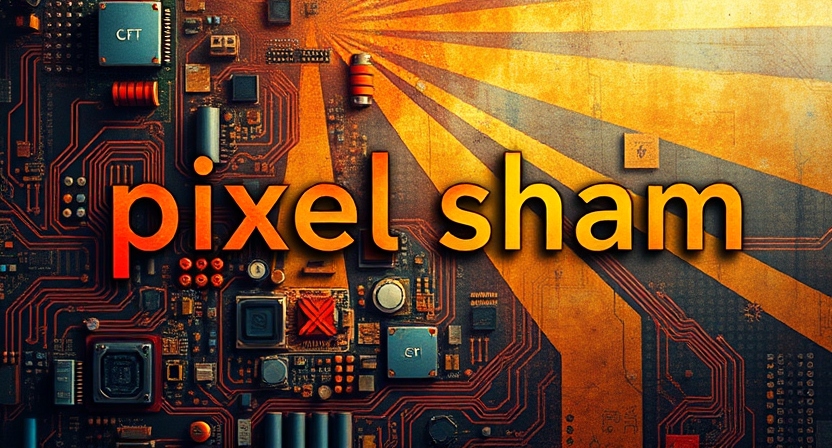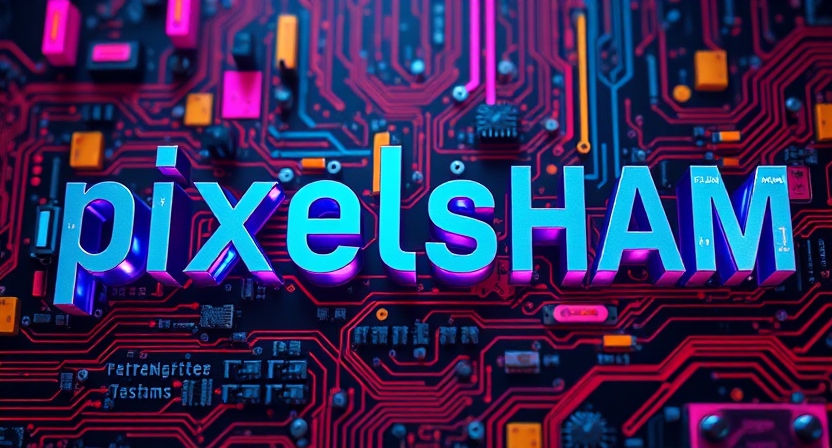A scanning electron microscope image of spider silk glands making a thread originally from Dennis Kunkel Microscopy.

-
Shooting and editing macro stereo
The average interocular of humans is considered to be about 65mm (2.5 inches.) When this same distance is used as the interaxial distance between two shooting cameras then the resulting stereoscopic effect is typically known as “Ortho-stereo.” Many stereographers choose 2.5” as a stereo-base for this reason.
If the interaxial distance used to shoot is smaller than 2.5 inches then you are shooting “Hypo-stereo.” This technique is common for theatrically released films to accommodate the effects of the big screen. It is also used for macro stereoscopic photography.
Hyper-stereo refers to interaxial distances greater than 2.5 inches. As I mentioned earlier the greater the interaxial separation, the greater the depth effect. An elephant can perceive much more depth than a human, and a human can perceive more depth than a mouse.
However, using this same analogy, the mouse can get close and peer inside the petals of a flower with very good depth perception, and the human will just go “cross-eyed.” Therefore decreasing the interaxial separation between two cameras to 1” or less will allow you to shoot amazing macro stereo-photos and separating the cameras to several feet apart will allow great depth on mountain ranges, city skylines and other vistas.
The trouble with using hyper-stereo is that scenes with gigantic objects in real-life may appear as small models. This phenomenon is known as dwarfism and we perceive it this way because the exaggerated separation between the taking lenses allows us to see around big objects much more that we do in the real world. Our brain interprets this as meaning the object must be small.
The opposite happens with hypo-stereo, where normal sized objects appear gigantic. (Gigantism.)
http://dashwood3d.com/blog/beginners-guide-to-shooting-stereoscopic-3d/index.html
http://3d-con.com/2014/files/NSA2014-MACRO1.pdf
http://nzphoto.tripod.com/stereo/macrostereo/macro3dwindows.htm
-
FrontPage2024
3Dprinting (167) A.I. (521) animation (328) blender (178) colour (220) commercials (45) composition (144) cool (357) design (606) Featured (46) hardware (289) IOS (106) jokes (133) lighting (268) modeling (102) music (182) photogrammetry (150) photography (736) production (1217) python (77) quotes (475) reference (295) software (1270) trailers (287) ves (504) VR (218)
Thank you for visiting!! Please bear with us while we go through a redesign of the blog. New features and phone support on the way!
Artificial Analysis Mochi 1 – an open source text 2 video model
Mochi 1 AI operates on a pay-as-you-go model, meaning you only pay for the services you utilize without any hidden fees.
Bella – Fast Spectral Rendering
Bella works in spectral space, allowing effects such as BSDF wavelength dependency, diffraction, or atmosphere to be modeled far more accurately than in color space.
https://superrendersfarm.com/blog/uncategorized/bella-a-new-spectral-physically-based-renderer/
Scans Factory – Unreal 5.4 demo – Rome Walkthrough
PlanCraft – An assumptions based project schedule generator
https://www.hasielhassan.com/PlanCraft/#about
It helps you create and Open Schedule Format (OSF) JSON file for your projects.
Popular Searches unreal | pipeline | virtual production | free | learn | photoshop | 360 | macro | google | nvidia | resolution | open source | hdri | real-time | photography basics | nuke
DISCLAIMER – Links and images on this website may be protected by the respective owners’ copyright. All data submitted by users through this site shall be treated as freely available to share.

Subscribe to PixelSham.com RSS for free
FEATURED LIGHTING POSTS
-
Categories
- 3Dprinting (167)
- A.I. (521)
- animation (328)
- blender (178)
- colour (220)
- commercials (45)
- composition (144)
- cool (357)
- design (606)
- Featured (46)
- hardware (289)
- IOS (106)
- jokes (133)
- lighting (268)
- modeling (102)
- music (182)
- photogrammetry (150)
- photography (736)
- production (1,217)
- python (77)
- quotes (475)
- reference (295)
- software (1,270)
- trailers (287)
- ves (504)
- VR (218)
